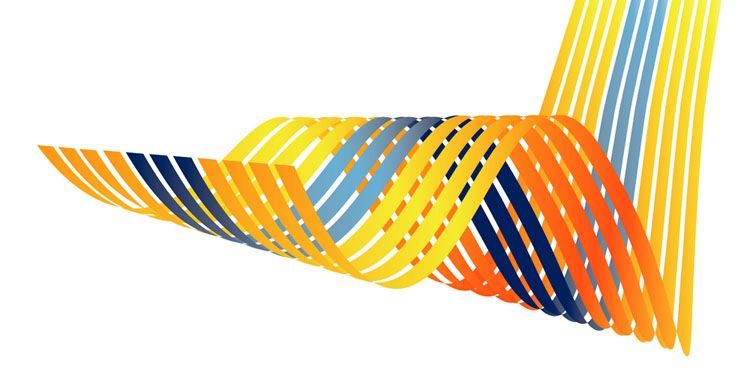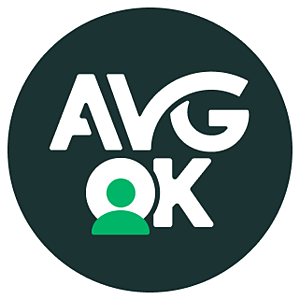Click on the FLAG for your LANGUAGE >>>

Tennis-/Golfersarm
What is tennis elbow?
Tennis elbow is also called epicondylitis lateralis humeri in Latin. In literature we usually find the following description:
Tennis elbow is a non-bacterial tendonitis in the elbow region. The tendon originates from the lower, outer bony prominence of the upper arm. It concerns one of the tendons of the muscles that move the hand towards the back of the hand. A single or multiple tendons may be affected, although it is also possible that the joint attachment point of the tendons of the forearm has become inflamed.
In principle, anyone can get tennis elbow. Although there are no specific factors that contribute to tennis elbow, there are activities that increase the chance of tennis elbow. We should especially think of activities that require the wrist, hand and finger strength. (picking something up with the palm facing down = picking up overhand). Often repetition of large forces and/or long-term small forces can entail risks. A typical example of long-term small strain is mouse arm. With frequent use of the computer mouse that causes elbow complaints, we almost always see a forearm with the same abnormal characteristics as with tennis elbow. In addition, research shows that it usually concerns people between the ages of 30 and 45.
Symptoms of tennis elbow:
- pain on the outside of the elbow
- sometimes radiating to the forearm, wrist and hand - rarely radiating to the outside of the upper arm and shoulder. loss of strength and possibly coordination disorders - sometimes a typical "hard-feeling, swollen" forearm full extension of the elbow can sometimes be painful (and limited)
- This complaint occurs mainly in the morning or after a long stable posture. Often after a number of movements of the elbow this pain becomes less
- pain when stretching the wrist extensors (elbow straight and moving the hand towards the palm)
- sometimes golfer's elbow* complaints are also present on the same arm (*similar complaints on the inside of the elbow)
- tennis elbow occurs in both arms in 10% of patients
What are the causes?
There are generally 2 causes:
1. Short-term high overload of the forearm muscles (hand extensors)
2. Long-term (relatively) low overload of the forearm muscles (hand extensors)
1.
The complaints arise quite acutely. It can happen that unusual activities cause overload. Small tears in the tendon and muscle tissue that are quite harmless. This forms hemorrhages that later calcify. The body will respond to this by initiating recovery processes. During this recovery process, an inflammation process occurs, in which pain, swelling and heat can occur. In this phase, the recovering tendon and muscle tissue cannot be fully loaded. Active rest and doing light stretching and movement exercises are then applicable. The physiotherapist can guide you in this and, if necessary, adjust the recovery process.
2.
The complaints do not arise overnight. They are preceded by months of repetitions of long-term light overload, during which unnoticed damage occurs in muscle and tendon tissue. As a result of the frequent use of these muscles, changes occur in the muscle tissue that negatively affect the normal function of the muscle. Due to the increased muscle tension, the blood flow is impeded and the muscle and tendon tissue cannot fully recover. Insufficient building materials can be transported to and waste products from the affected area. Due to the long-term change in the metabolism in the elbow area, the tissue structure adapts to this, which causes complaints during normal use of the arm. It is advisable to look for the cause of this long-term overload. The physiotherapist can help you find the cause, break the continuous overload, normalise the metabolism in the elbow area, guide you and adjust the recovery process.
Furthermore, instability of the elbow joint can be the cause of overloading of tendons, attachments and muscles in the elbow area. The physiotherapist can investigate and advise you if instability is suspected.
The Course
Normally, recovery from overload complaints takes three to four weeks. After six to eight weeks, full recovery should have taken place.
During the recovery process, connective tissue forms on a microscopic scale. The elastic structures in muscle and tendon tissue are replaced by stiffer, non-flexible tissue. Due to the change in the structure of these structures, this type of tissue reacts slightly differently than usual to the commands that your brain gives to the muscles of the forearms to move the wrist. The positions of the muscles, tendons and joints that the brain perceives no longer match the positions that they know. The body reacts to this by increasing the muscle tension in the forearms. Because the muscle tension increases, small tears in the tendon and muscle tissue constantly occur when the strain is too heavy, which must constantly recover. Due to this continuous recovery, the affected arm can be loaded less and less well and the complaints then occur more quickly and more severely. Active rest and light stretching are then applicable. The physiotherapist can help you to break this continuous overload, guide you and, if necessary, adjust the recovery process.
What can you do yourself to reduce the symptoms?
* Take active rest. Regular light exercise, but keep an eye on the sensitivity of the arm. This indicates whether or not you are straining too much.
* Cool the painful area regularly with a so-called “coldpack” or ice in a plastic bag with a (tea/hand) towel between the skin and the used cooling bag. Do this for 10 minutes at a time.
* Gentle stretches of the wrist, bringing the fingers towards the inside of the forearm.
* Move without strain within the range of motion where the fewest complaints occur.
* Ensure that your condition remains optimal, taking into account your personal capabilities and circumstances.
What do we do?
FysioQuesada can quickly help you get rid of these complaints using a combination of our ESWT Shockwave Therapy and specific mobilizations combined with a so-called eccentric exercise that you have to perform at home.
Usually 5 to 10 treatments are sufficient!
ADDRESS
PhysioQuesada
Station Ave. 35
03176 - The Crispin [Algorfa]
(Free parking)
T 0034 - will follow asap
M 0031 - 653669587
fysioquesada@outlook.com
OPENING HOURS
- Monday
- -
- Tuesday
- Appointment only
- Wednesday
- Appointment only
- Thursday
- -
- Friday
- Appointment only
- Saturday
- Closed
- Sunday
- Closed
All rights reserved | Disclaimer | Privacy | Website by Internetbureau Doetinchem FrankBrinks.nl




